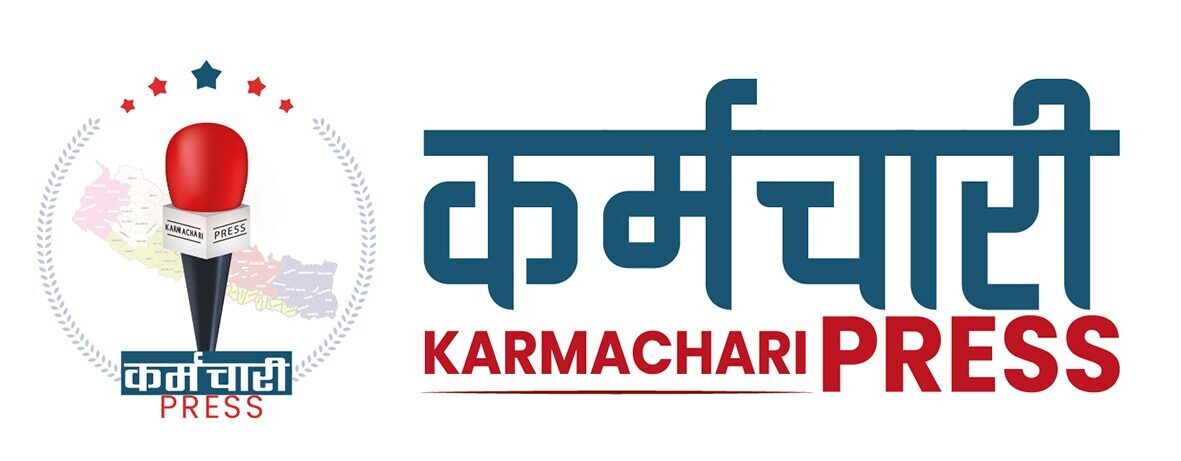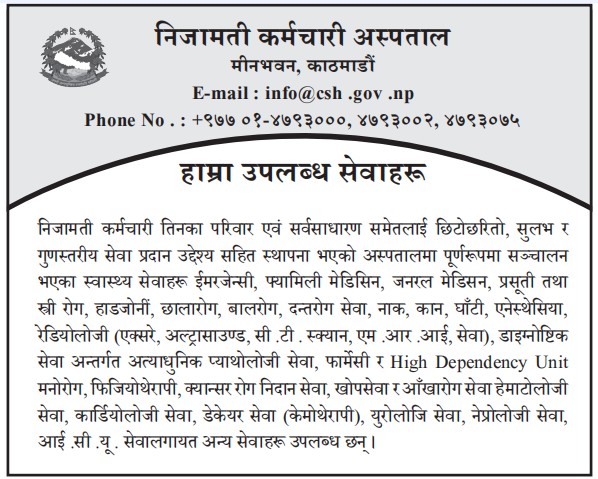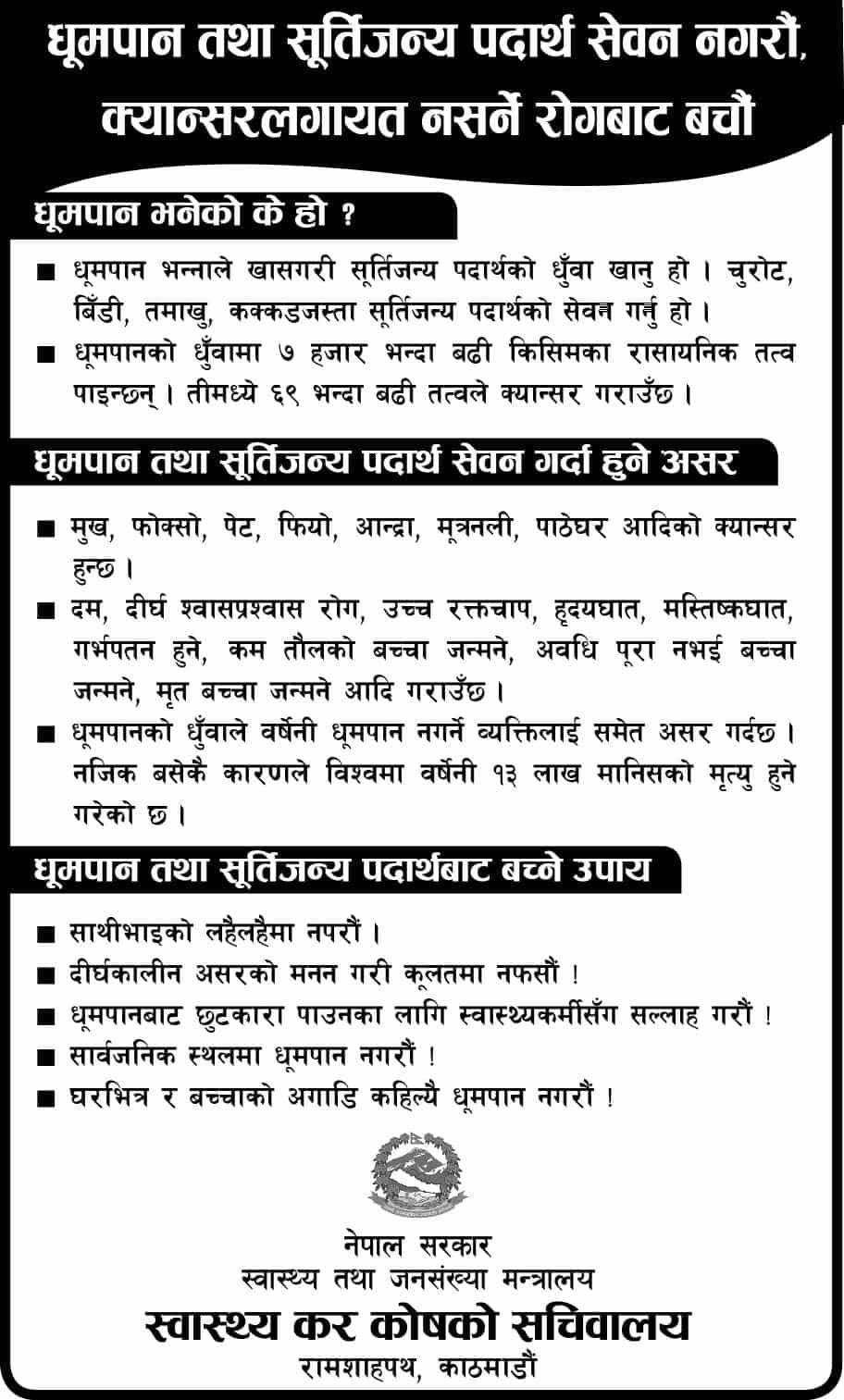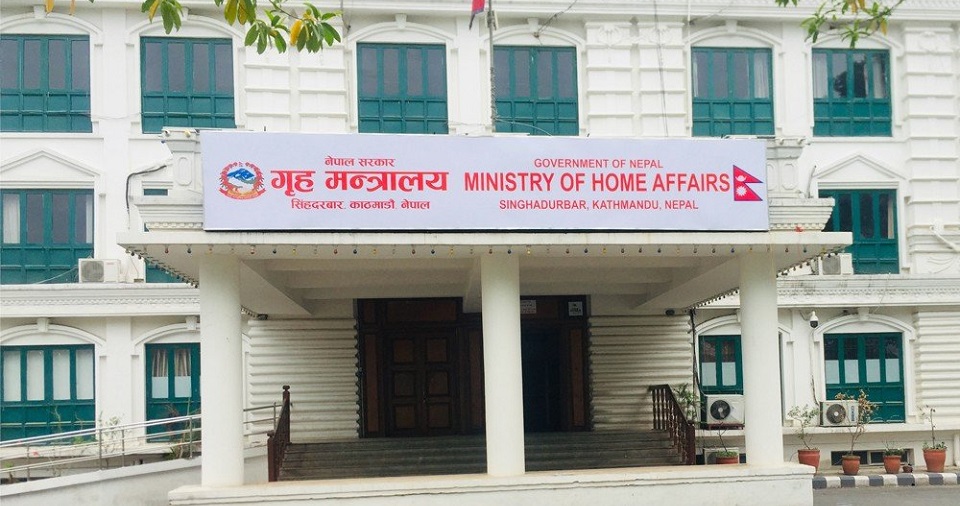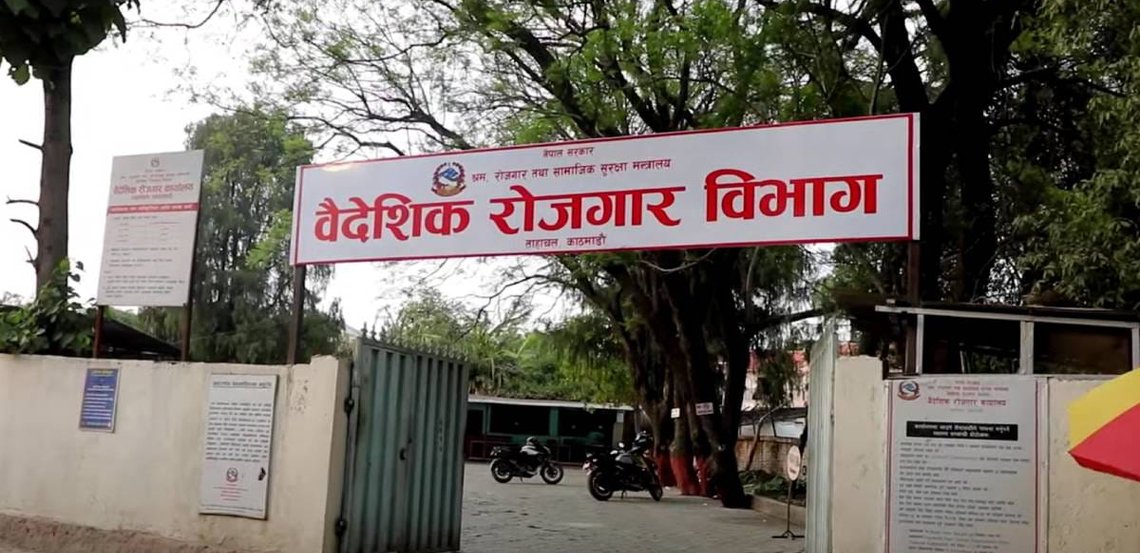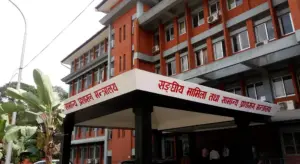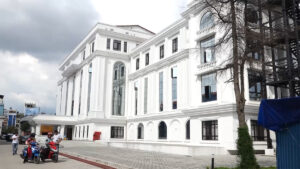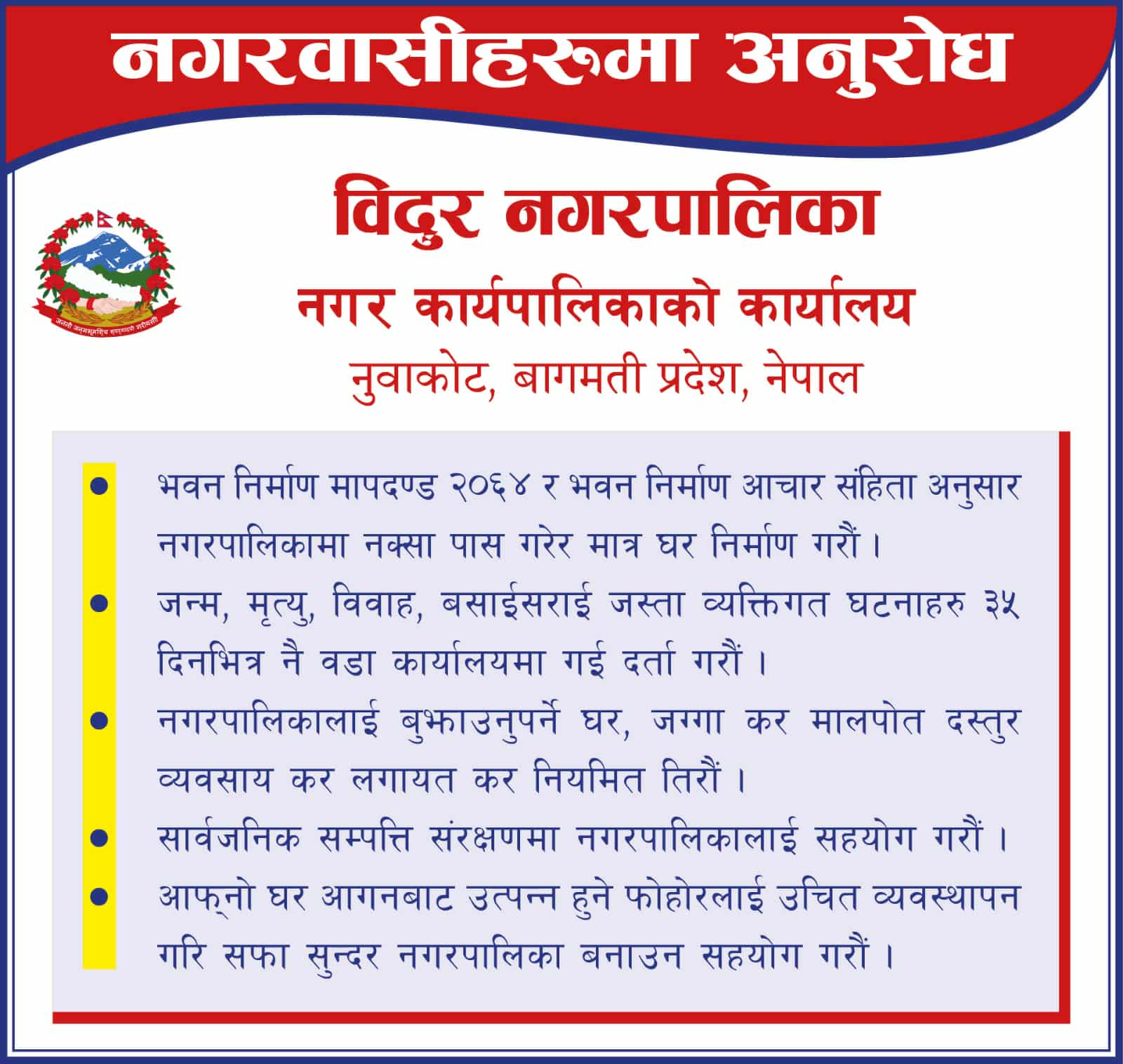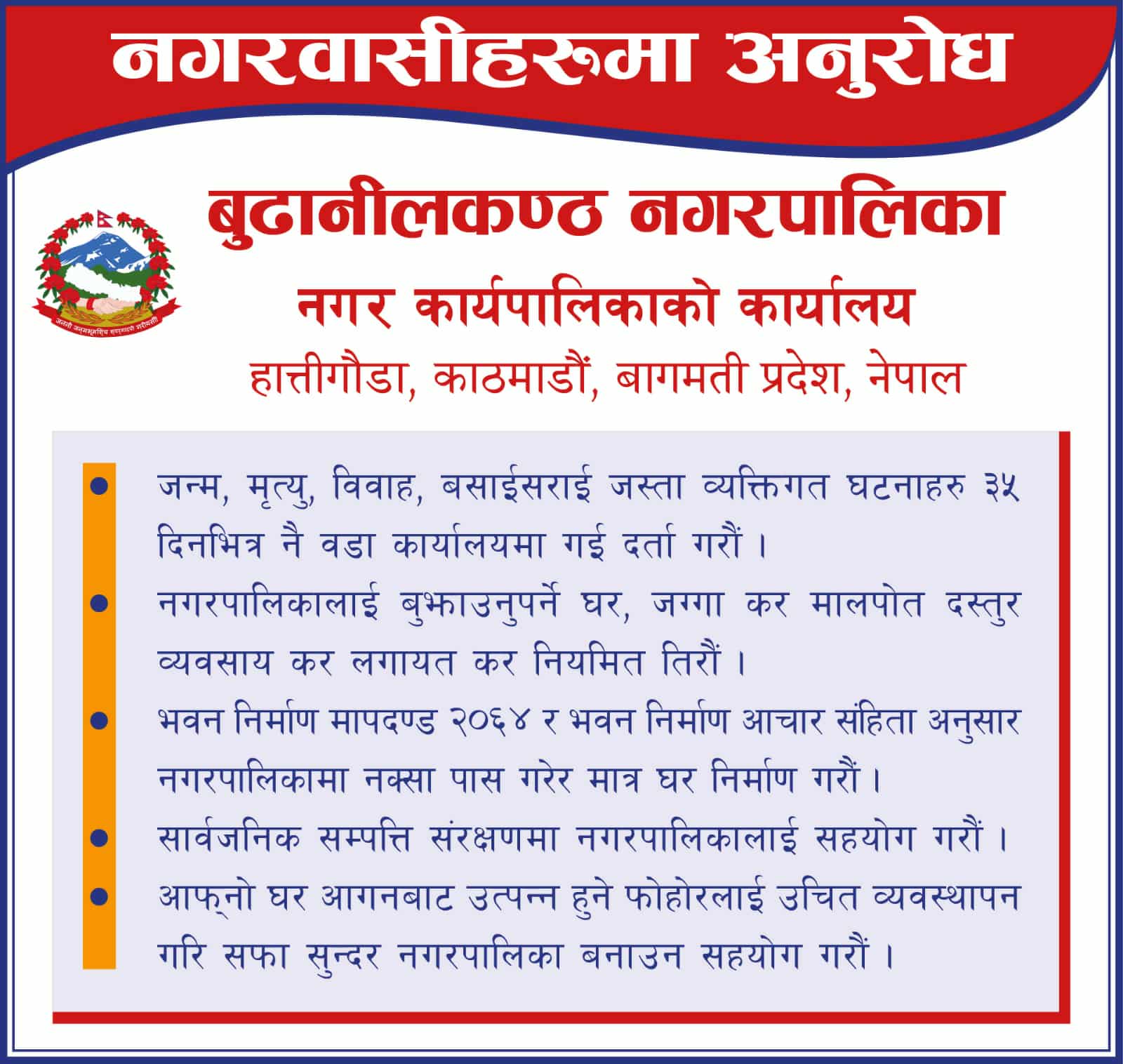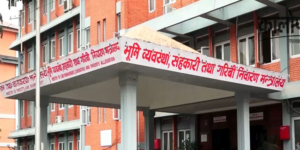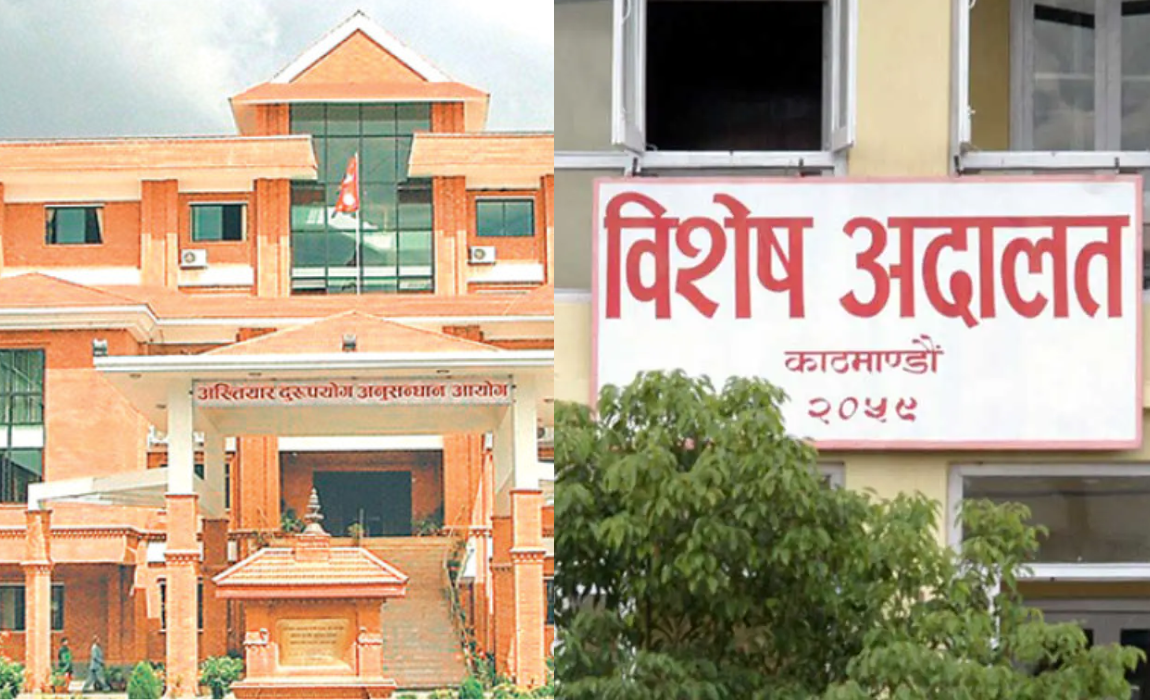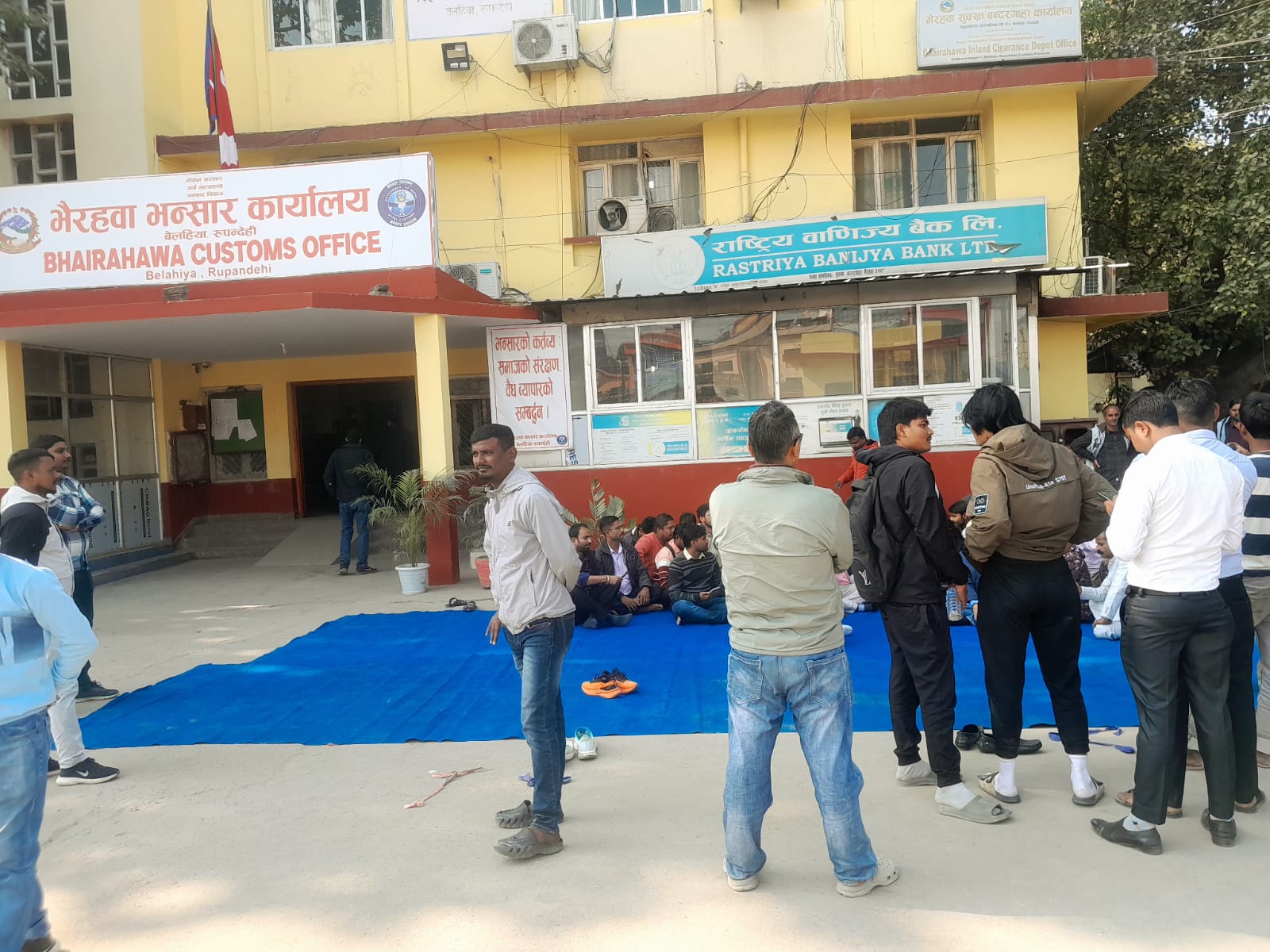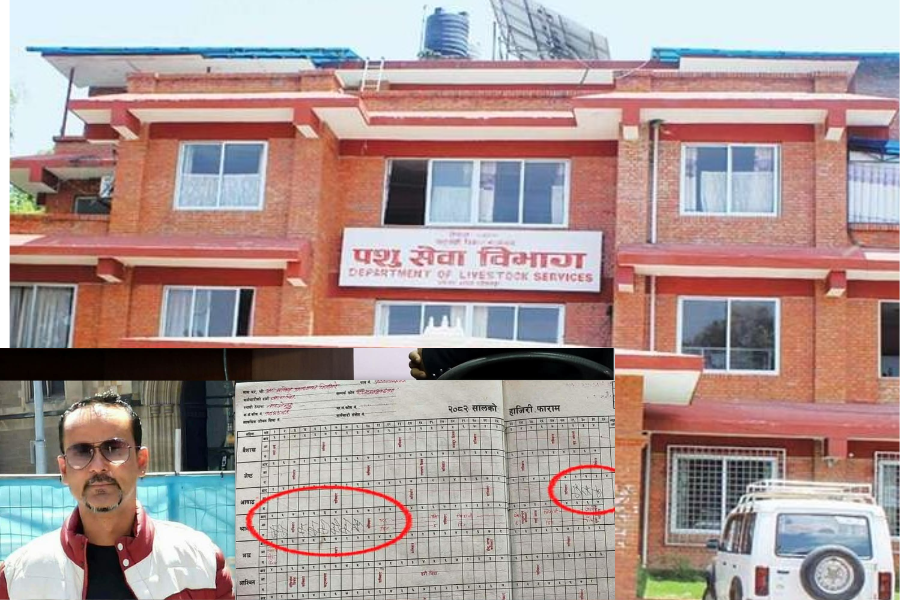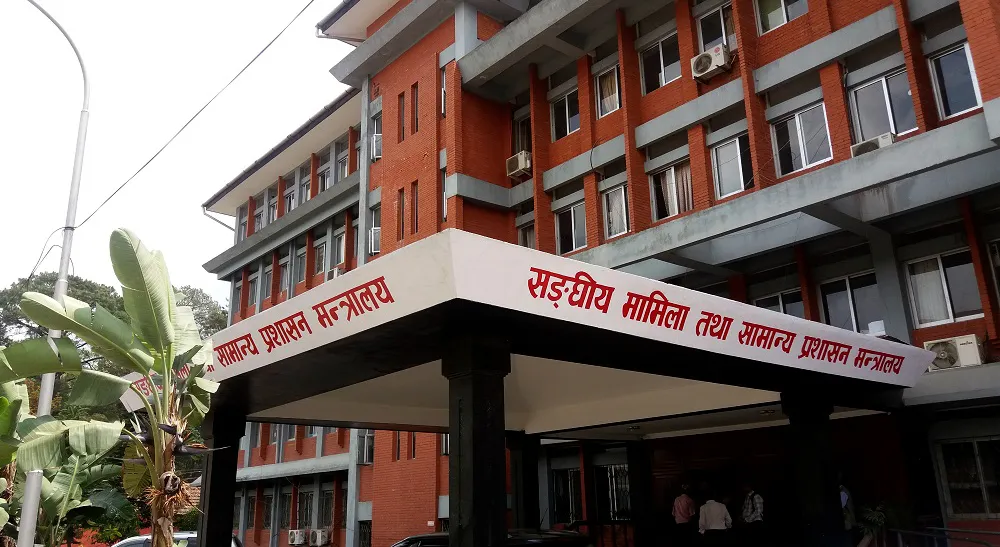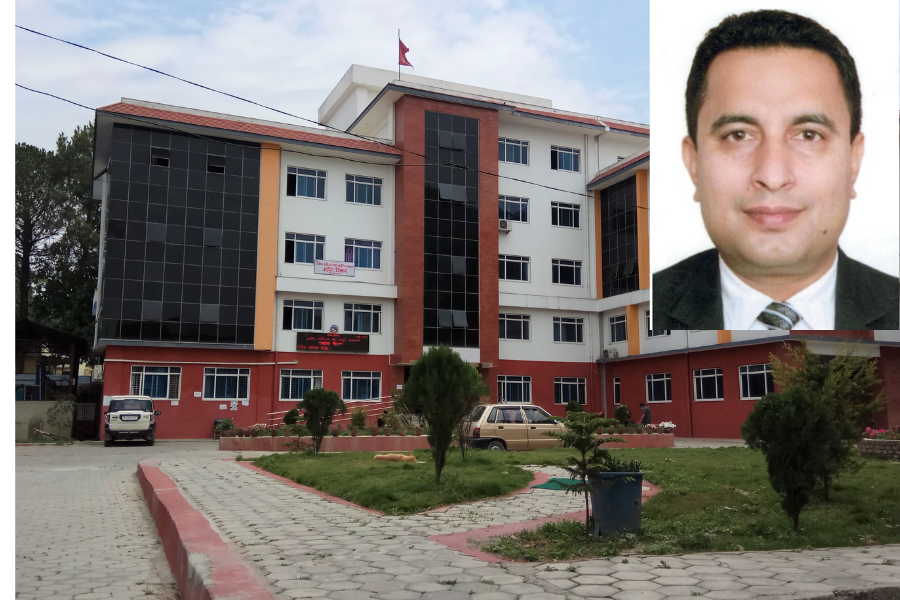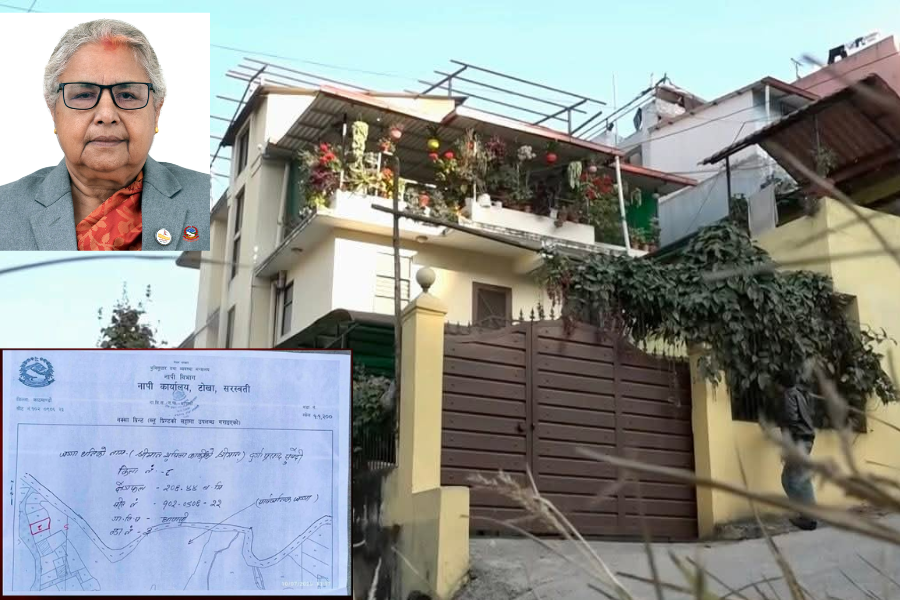KEY MESSAGES
बिज्ञापन
The expenditure rate of the capital budget of the federal Government of Nepal is lower compared to the recurrent and financing expenditure. A lower capital expenditure is problematic since it is closely associated with economic growth and development. To fix this, Government of Nepal should look into four aspects:
बिज्ञापन
- Strengthening Accountability
- Creating Incentives
- Investing in Capacity
- Revising Policies
BACKGROUND
बिज्ञापन
The past four years’ data shows that little above 63% on average have been allocated for recurrent expenditure. Around 24.80% on average has been allocated for the capital budget and around 11.50% has been allocated for financing expenditure. However, the recurrent and financing expenditure of Nepal is in better shape compared to the capital expenditure. (Refer to Figure 1). The data of the last four Fiscal years show that 86.31% of the allocated budget under the recurrent heading; 61.8% of the capital expenditure; and 75.26% on financing head were spent. The lowest burn rate among the four Fiscal Years under this study is that of the Fiscal Year 2076/77, which was 48.38% of the total allocated budget under the capital budget heading. This shows that this important piece of expense has not been fully utilized.

KEY PROBLEMS
Poor Planning and Management Poor planning and management, which affects the execution of capital expenditure are reflected in several areas. For instance: The assessment of budget expenditure shows that the majority of capital expenses are often made during the last month of the Fiscal Year i.e., Ashad (Refer to Figure 2).
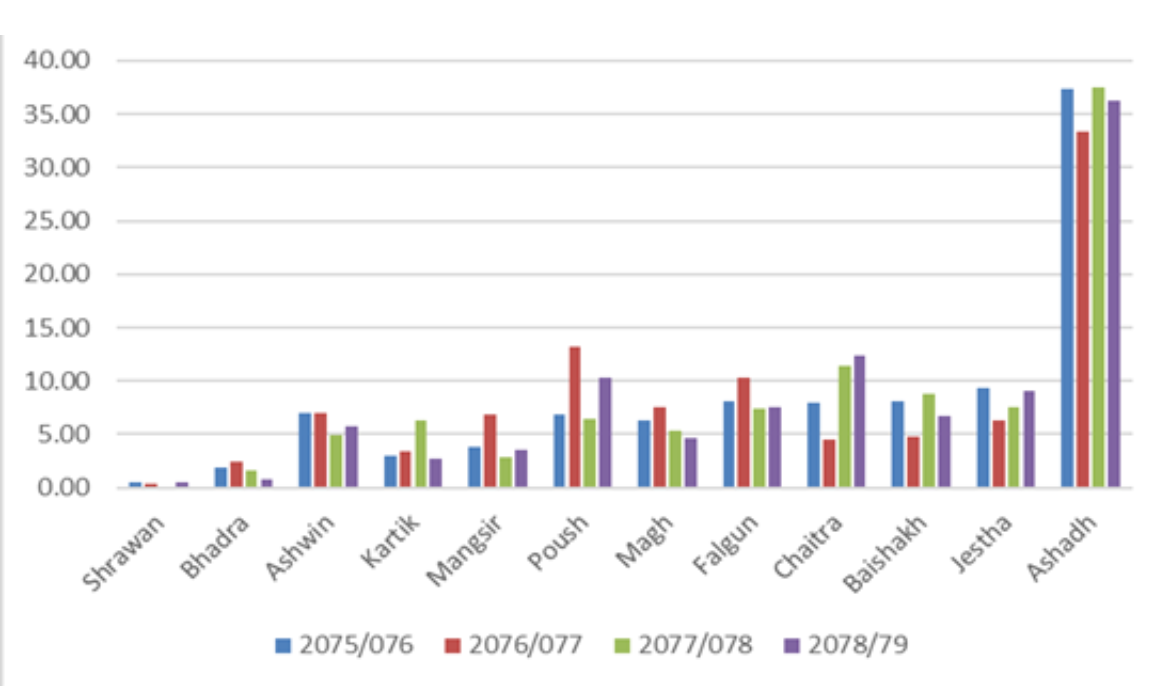
Lack of inter-agency and ministerial coordination: Poor coordination among government agencies negatively impacts the project implementation, which in return affects the capital expenditure. A project led by a certain ministry must coordinate with another ministry to start and complete the project. For instance: If the department of roads wants to build a road, it needs clearance from the ministry of forest (if the road planning goes through a forest) and the ministry of land management as shared by the former vice chair. Coordination has also the layer of a long chain of command for decision making, especially for large-scale projects since it requires approval and coordination from several departments of different ministries.
Political interference: Political interference is manifested in different ways that impact the timely implementation of capital projects. With the change in political parties in government, projects staffs are transferred, which negatively impacts the implementation of the projects and the expenditure. The director general of the Roads Department has been changed three times in a year. Nepal is a politically volatile country as no political party has been able to complete their tenure. One of the results of political instability is seen in the implementation of the capital projects. Nepal was able to spend 57.23% of the total allocated budget for FY 2078/79, which is the second lowest amongst the four FYs. The assessment of FY 2078/79’s political situation shows that it was politically tumultuous year with the formation of a new government and a long gap of three months in appointing the new ministers.
Issues around Procurement: The government of Nepal implements about 60 percent of its budget through procurement. However, various government entities do not prepare annual and master procurement plans for multi-year development projects, which impacts the timely implementation of the project. In absence of annual and master procurement plans, the projects are not implemented in a well-planned manner, which comprises both quality and timely execution. Further, most procurement decisions are based on the lowest bidder, which is not sufficient for choosing the most qualified contractor. This has led to delays in project implementation and sub-par quality of infrastructure.
Lack of Strong Monitoring and Oversight: The GoN’s monitoring and oversight capacity and will is weak. This is reflected in implementation of different projects. For instance: Only 18 percentage of construction of Butwal-Narayangadh section of East-West Highway has been completed, despite the expiration of their contract period on August 7, 2022. Further, monitoring agencies’ power and capacity to take action against the contractors and departments overseeing such contractors have been questioned by the public and media over and again.
The factors affecting the lower burn rate of capital expenditure can be categorized broadly into four categories i) related to lack of accountability ii) capacity building and technical capacity iii) policy gaps iv) creating incentives. Interventions to improve the capital expenditure should be focused around these categories. This are better solutions since these does not solely focus on improving polices and building capacities but also takes human motivation and behavior into account since most of the time, we are fixated into finding technical solutions to human behavior and motivation problem.
Recommendations
- Revising Policies: There are a handful of policies that need to be improved. For instance: Handing out the bids to the lowest bidder should be amended in the Procurement Policy. Further, the provision of calendar for operations should also be included in budget policy.
- Investing in Capacity: There must be provisions in Human Resource Management Policy of civil service that ensures public account committees and related committees in all three governments receive periodic training and practice sharing sessions on the budget implementation, formulation, and accounting. Such capacity-building opportunities should be made accessible local and provincial government officials as well.
- Creating Incentives: Quality and timely work is not only a matter of capacity. There is a deeper issue rooted in the motivation and performance of bureaucracy, which impacts the government’s work and lackluster administrative management. Lack of performance-based incentives and promotion for civil service officials have also been pointed out to negatively impact the quality of work and timely implementation of projects. Improving the policy by introducing result-based performance and tying it up with promotion and other incentives might encourage civil servants to perform better. This could lead to timely planning and execution.
- Strengthening Accountability: To make the contractors, executives, and bureaucracy accountable towards their work and to follow the rule of law, accountability should be strengthened. One of the ways of improving it is to give more power to oversight and monitoring mechanism to implement both punitive and rewarding system.
